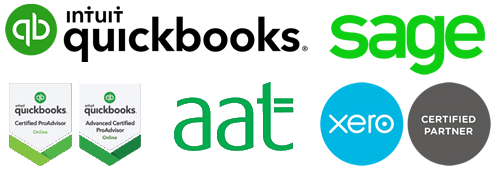
Hiring someone new is exciting. It signals growth, ambition, and fresh energy for your business. But before you pop the Prosecco and post that job ad, let’s talk numbers — because hiring is one of the most underestimated costs a business can face.
Spoiler alert: salary is just the tip of the iceberg.
💸 What Goes Into a Hiring Budget (Beyond Salary)
Let’s say you’re hiring a Marketing Exec on a £35,000 salary. Sounds simple, right? But here’s what you also need to budget for:
- Employer’s National Insurance – Currently at 15% over the threshold (and yes, it went up recently).
- Pension Contributions – At least 3% for auto-enrolment, often more in practice.
- Holiday Pay – Including those “remote work” weeks in Bali.
- Software & Equipment – Think laptops, email accounts, CRM licenses, and more.
- Onboarding Time – Your team will be training, mentoring, and covering gaps — all of which has a cost.
And don’t forget the oat milk in the fridge if you’re hiring Gen Z. 😉
🧠 The Hidden Costs You Really Can’t Ignore
One of the biggest mistakes we see? Business owners forgetting the cost of ramp-up time. Most new hires take 3–6 months to become fully productive. That’s time (and money) spent before you see a return on your investment.
Then there’s the culture cost. A bad hire doesn’t just hit your bottom line — it can tank morale. That’s why it’s worth budgeting time for interviews, cultural fit assessments, and even psychometric testing. As Julia wisely said:
“Better a week hiring than six months regretting.”
🧾 Compliance & Admin: The Not-So-Fun (But Necessary) Stuff
Even before your new hire starts, there are legal and compliance costs:
- Contracts and employment docs
- Right to Work and DBS checks
- Payroll setup and pension enrolment
- HR onboarding processes
Some of our clients have spent more on employee compliance than they do on their Christmas party. No joke.
🧮 Cashflow, Contracts & Cautionary Tales
This is where budgeting gets real. Upfront costs — like recruiter fees or sign-on bonuses — need to be mapped alongside your revenue cycles. As Julia put it, “Don’t hire your dream team in Q1 if your cash doesn’t come in until Q3.”
We’ve seen it go wrong. One of our clients (we’ll call him Dave) pre-hired staff before a contract was signed. The deal fell through. The team was already onboarded. The fallout? Redundancies, severance costs, and some seriously tough conversations.
The lesson: Don’t hire on hope. Budget based on signed deals, not verbal agreements.
Final Takeaways: What You Should Always Budget For
- Add at least 30% on top of base salary to cover true employment costs
- Allow for productivity lag and staff turnover
- Set aside contingency for tech, HR support, and unexpected gaps
- Be realistic, not romantic. Hiring is a strategy, not just a spend.
In a recent episode of the FFS Podcast, I sat down with our spreadsheet-savvy accountant Julia to lift the lid on what it really costs to bring a new team member on board — and what business owners often forget to budget for.
How Much Does That New Hire Really Cost? - For Finances Sake (FFS) | Podcast on Spotify
🤝 Need Help Budgeting for Growth?
At Chadwick Accountants, we help business owners plan hires with confidence, combining practical financial modelling with honest advice. Whether you're growing your team or restructuring your business, we're here to keep your numbers (and your sanity) in check.
📞 Let’s chat – before you hit "post" on that job ad.




